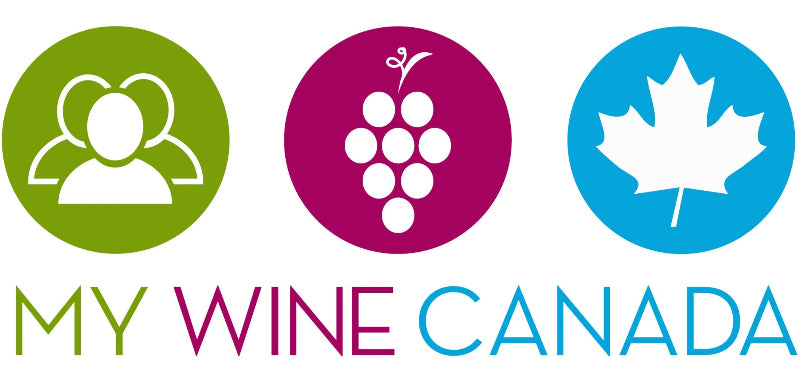Being a ‘wine expert’ at social gatherings can be a blessing and a curse at the same time. If you find yourself in a crowd where you barely know anyone, it can be a helpful tool. The moment people ask you what you do for a living and ‘wine’ is the answer, the questions start and you steal the show. There is no better icebreaker! But if you want to forget about work for a few hours and just enjoy yourself, it can be nearly impossible.
Wine is a vast and fascinating world, which can be intimidating. If people meet you in a casual and comfortable setting, they will ask questions they have never really dared to ask before. For once, they are not afraid of possibly embarrassing themselves.
This quick list of myth busters is for my readers and all my dear wine geeks friends. In the name of our next party when we’ll truly need a break from work. ;)
1) Thick legs means good wine
When you swirl the wine and stop, what’s left on the side of the glass that slowly falls back to the bottom is what we call the ‘legs.’ When people look at sommeliers swirling their wine around in the glass and studying the wine, they might make the assumption that thick legs equals good wine. FALSE. Thick legs could indicate the wine has - high sugar content, high alcohol or lots of glycerol.
2) The color of wine is an indication of quality
FALSE. Just like there are many kinds and colours of apples, there are also thousands of grape varieties. Each of them is known for its colour and personality. For example, a Pinot Noir is always going to be paler than a Cabernet Sauvignon. The first one tends to be more garnet, while the latter ranges between deep purple to deep ruby. We’re talking about genes here, not quality.
3) You should smell the cork
When the sommelier opens the bottle of wine you’ve ordered, he usually puts the cork near you. The right thing to do is smell the cork, right? FALSE! A cork will only smell like a cork, and you won’t know whether the wine is in good condition unless you try it. This is why they pour a small amount of wine in your glass, so that you can taste and approve it before he pours for everybody else at the table. You should look at the cork for authenticity. Especially if the bottle you’ve ordered is expensive and hard to find. The cork should match the label (vintage, producer).
4) Chardonnay is always oaky and buttery
Do you belong to the ABC club (Anything But Chardonnay)? If you do, it’s probably because you associate Chardonnay with oak and butter and haven't been fond of the taste. Once you’ve had something you don’t like, it’s hard to change that opinion. But remember, oak and butter come from specific vinification techniques and not the grape itself. Oak flavours (caramel, smoke, toast) come from ageing the wine in new wood barrels. If used judiciously, the wood should enhance the flavours of the wine and not dominate it. Just like when you use spice while cooking. The butter flavours you can taste in some Chardonnay comes from a winemaking technique called ‘malolactic fermentation’. It is used to soften the acidity and make the wine rounder and richer. Both of these techniques are commonly used with Chardonnay, but not always! Hate Chardonnay but love Chablis? You may be surprised to learn that Chablis is made of 100% Chardonnay. A wine without makeup, Chablis is austere and lean, with high acidity and pronounced mineral notes. The grapes express the climate and the terroir of the region. So next time you shop for a bottle of wine, remember to ask questions. How was the wine made? Which region does it come from? Climate and soils are just as important to consider as the winemaking techniques and the grape itself. Santé!






























